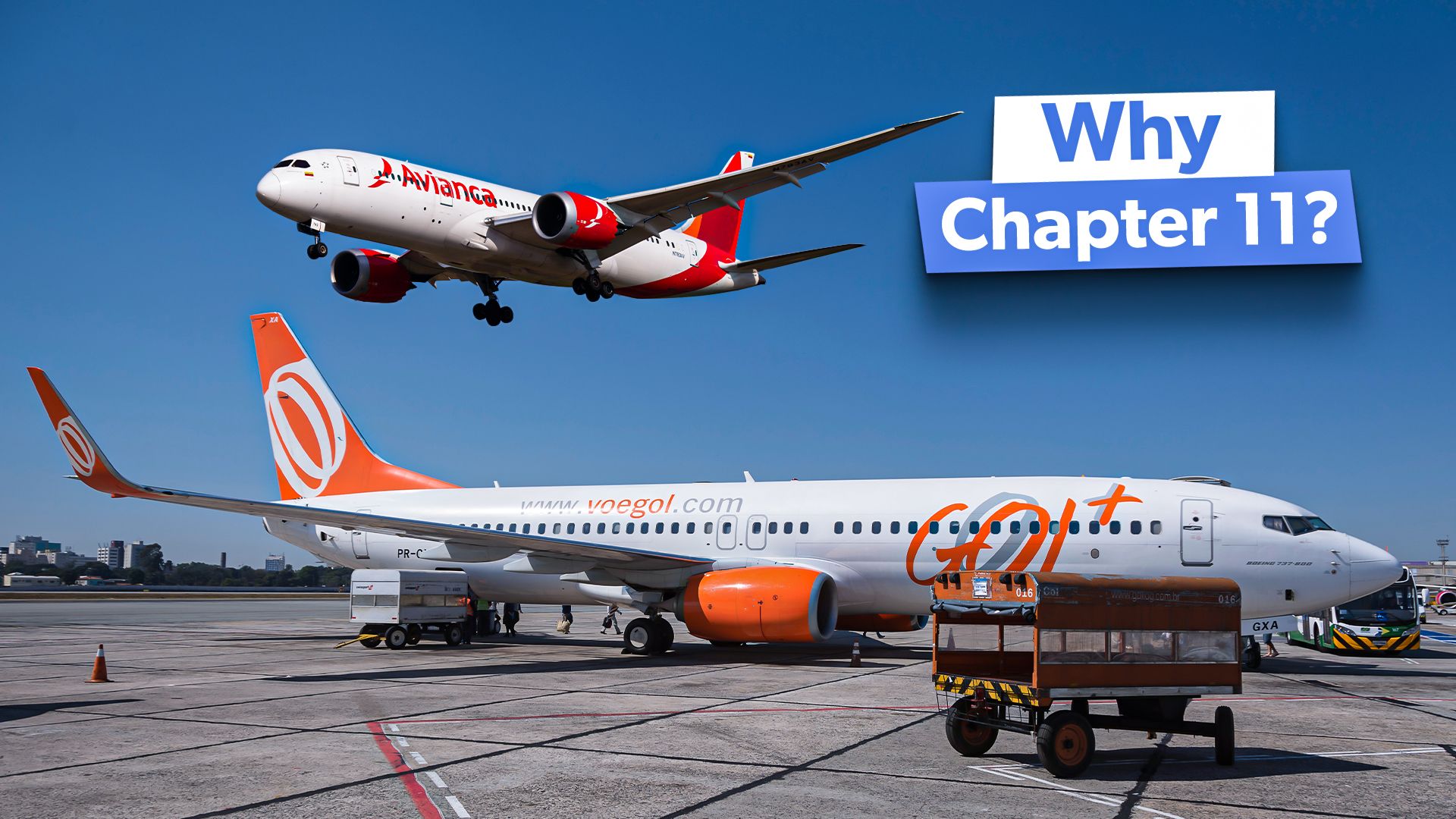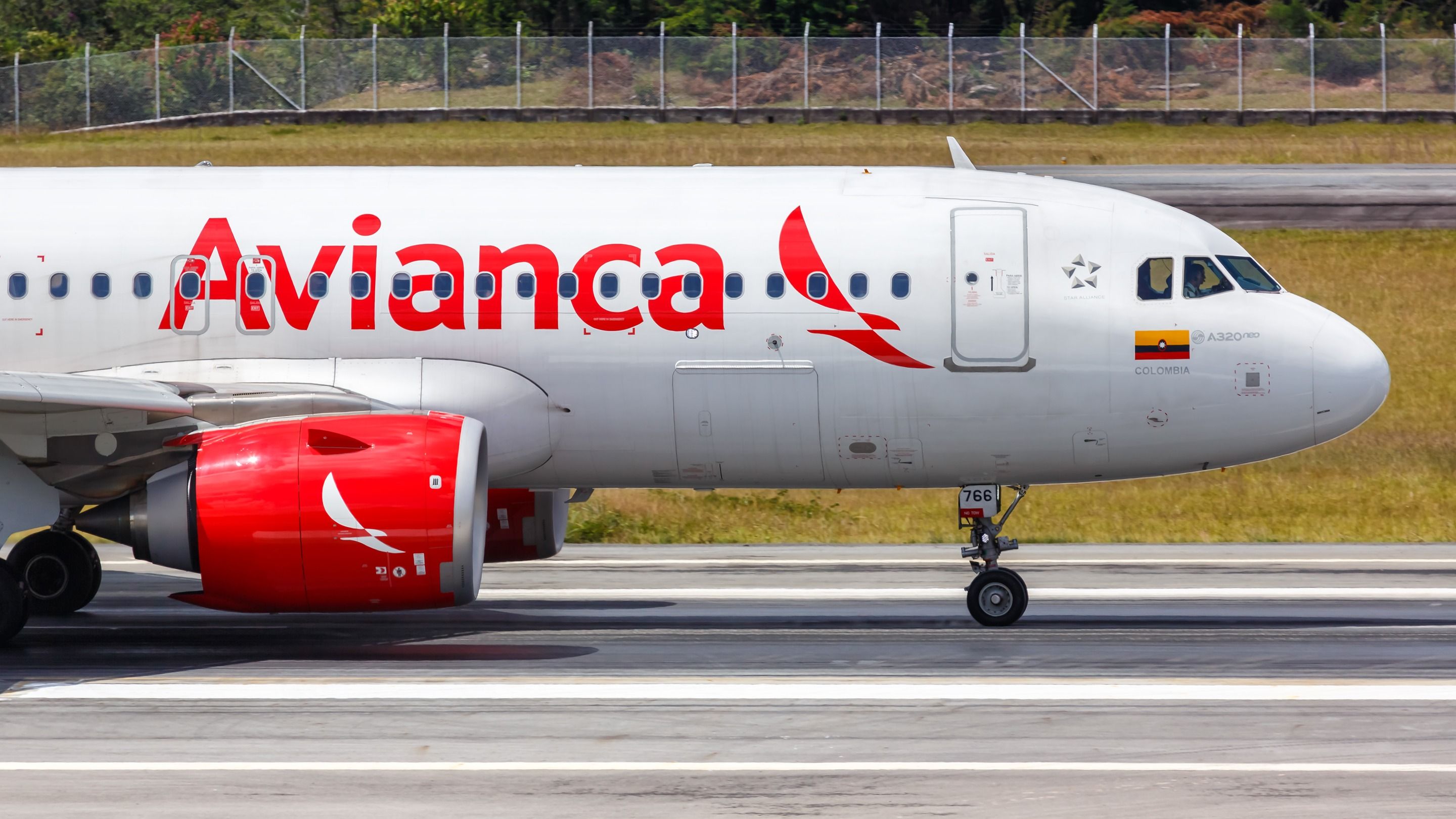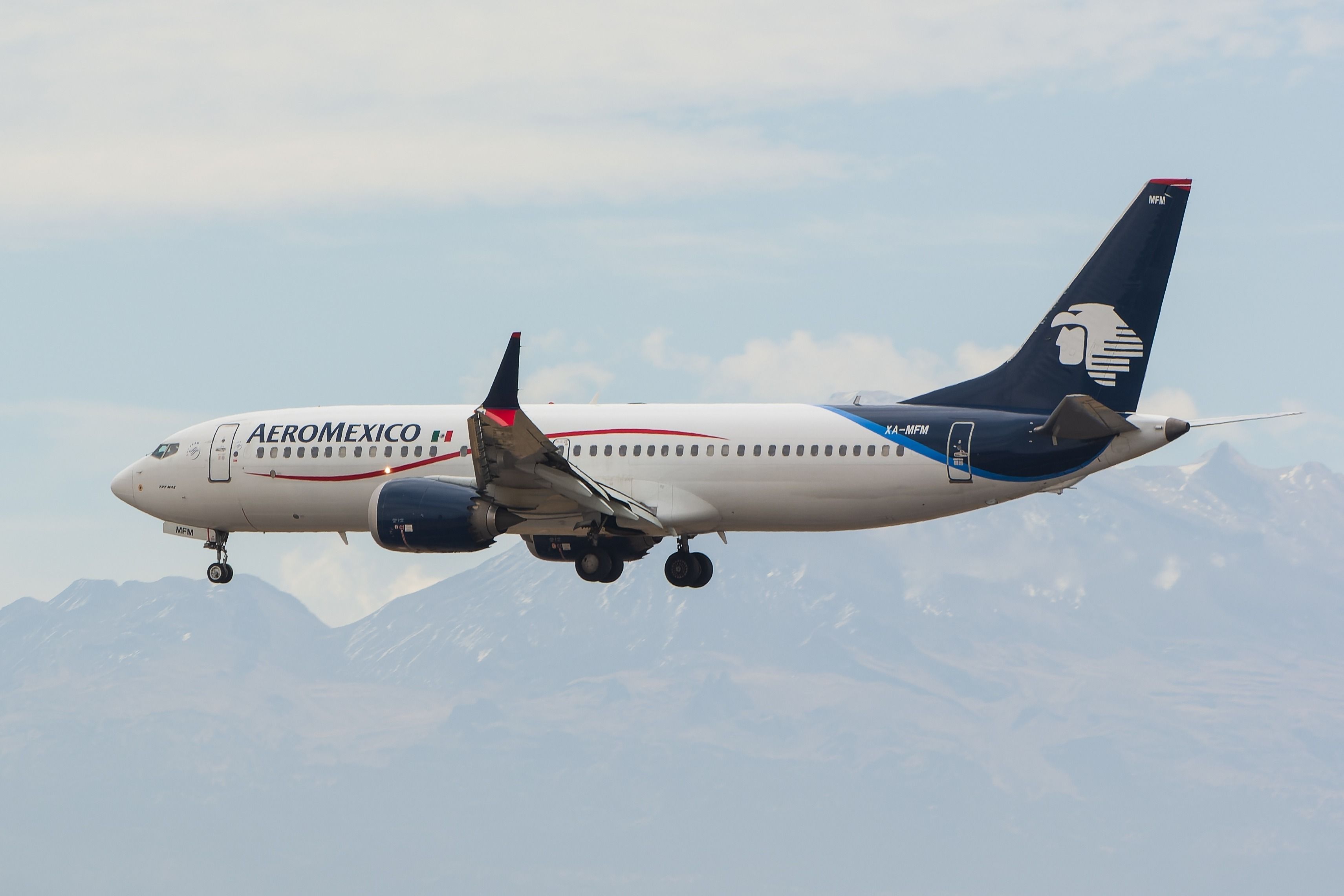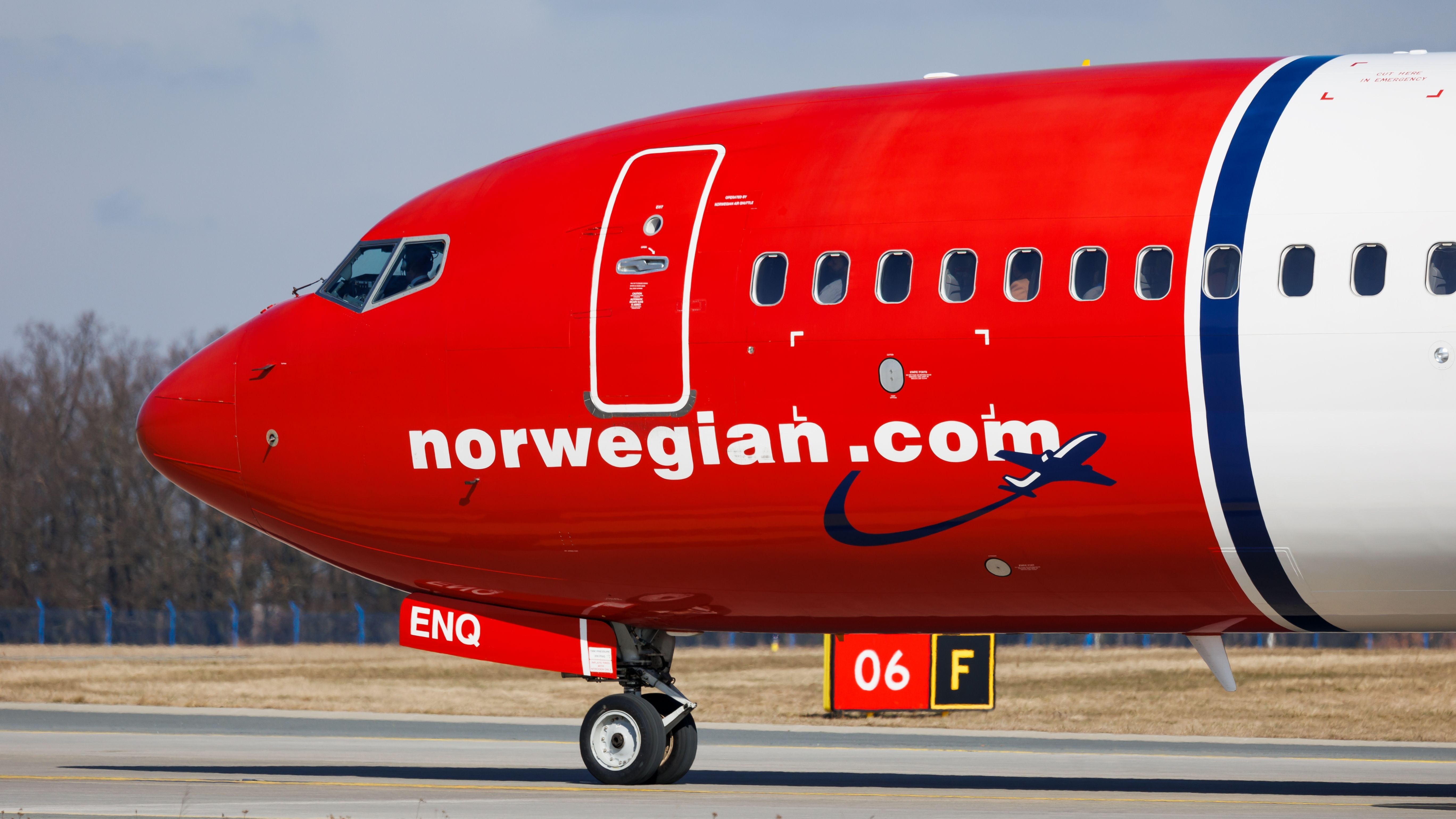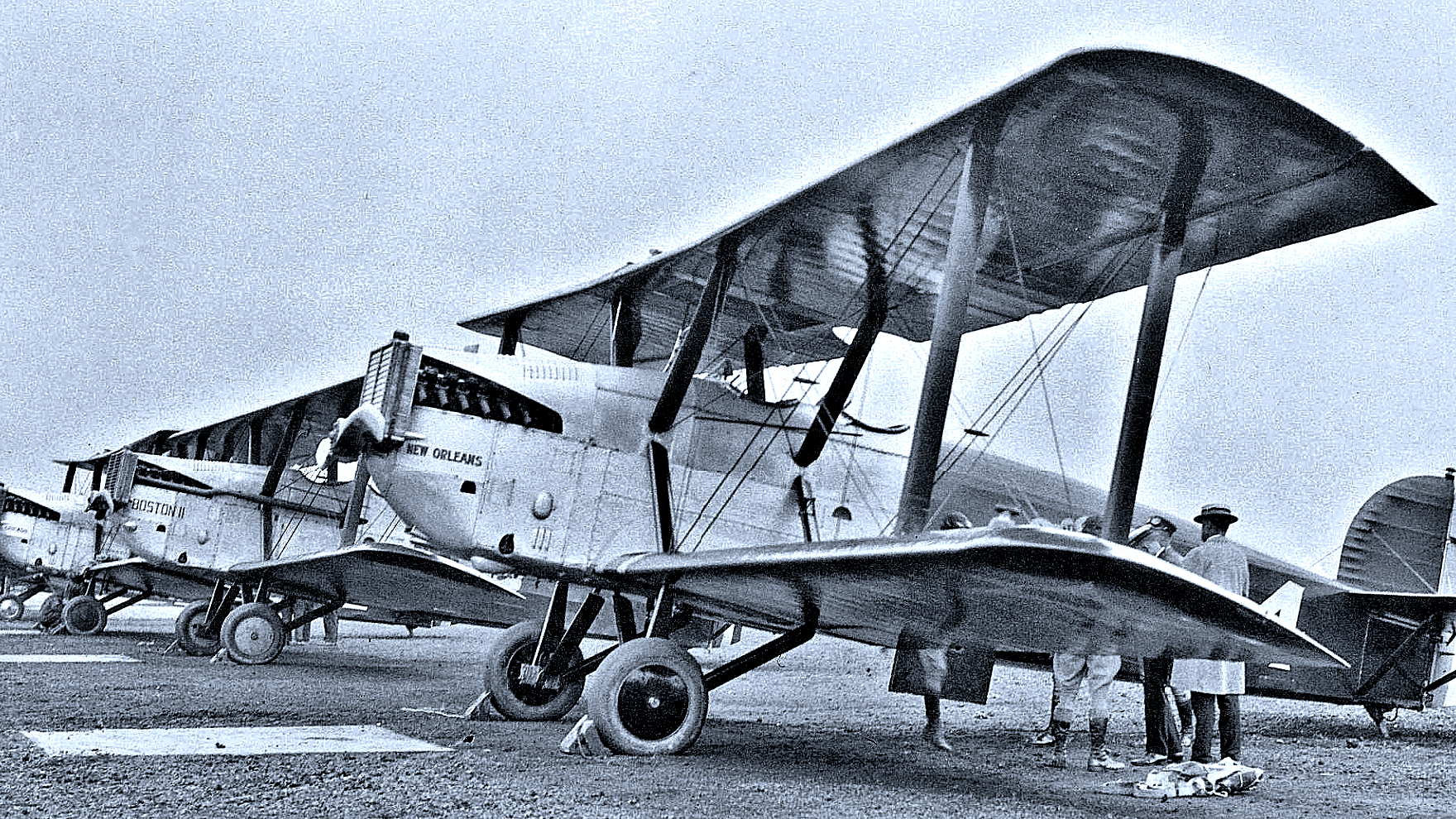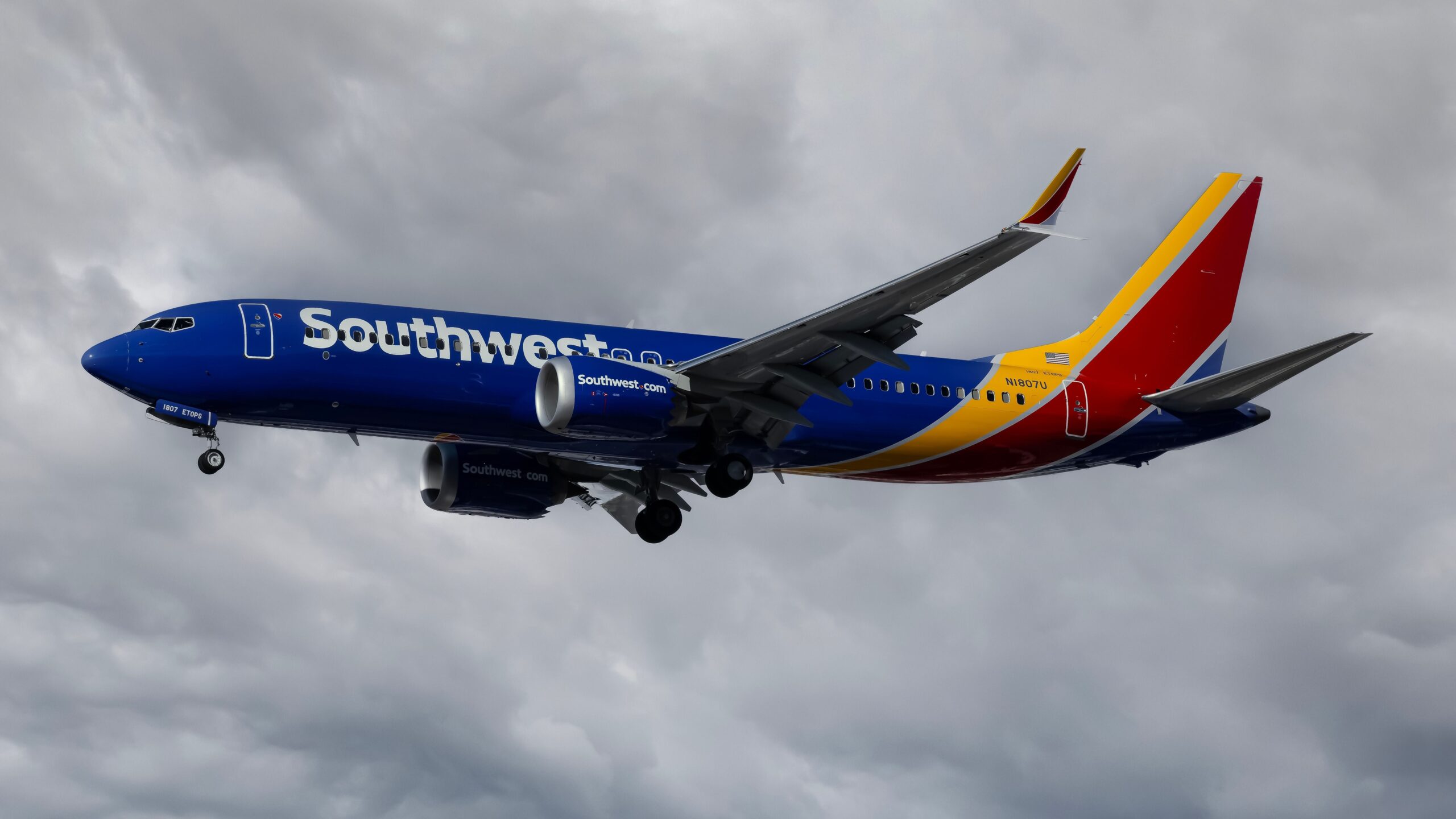Summary
- Chapter 11 bankruptcy allows airlines to restructure debts while operating, aided by DIP financing.
- The automatic stay provision protects airlines from collection activities and lawsuits, expediting the reorganization.
- Chapter 11’s international recognition, flexibility in contracts, and strong voting provisions make it a go-to choice for airlines.
Airlines are among the most volatile businesses in the global economy. They frequently face significant financial challenges due to fluctuating fuel costs, labor disputes, and economic downturns, such as the recent impact of the COVID-19 pandemic. When these challenges become overwhelming, many airlines turn to Chapter 11 bankruptcy proceedings as a strategic tool for restructuring their operations.
Chapter 11 of the United States Bankruptcy Code is designed to allow businesses to restructure their debts while continuing to operate. Unlike liquidation under Chapter 7, Chapter 11 focuses on reorganizing the company’s obligations and operations to restore profitability. The ability to continue operations during the restructuring process is crucial for airlines, given the industry’s high fixed costs and complex operational structures.

Related
US Bankruptcy Court Approves $1 Billion Loan For GOL Amidst Chapter 11 Process
The Brazilian airline entered Chapter 11 last month.
The Appeal of Chapter 11 for Airlines
Several factors make Chapter 11 particularly attractive to airlines compared to other restructuring options, such as the UK’s Scheme of Arrangement or other domestic procedures. These factors include:
- Debtor-in-Possession (DIP) Financing: One of the most significant advantages of Chapter 11 is the availability of DIP financing. This financing type is crucial for distressed companies because it provides immediate liquidity to continue operations while restructuring. In Chapter 11, DIP lenders receive high-priority claims, often including liens on unencumbered assets, which makes such financing more accessible and attractive to lenders. This mechanism was vital for airlines like avianca and Aeromexico, enabling them to maintain operations during their restructuring processes.
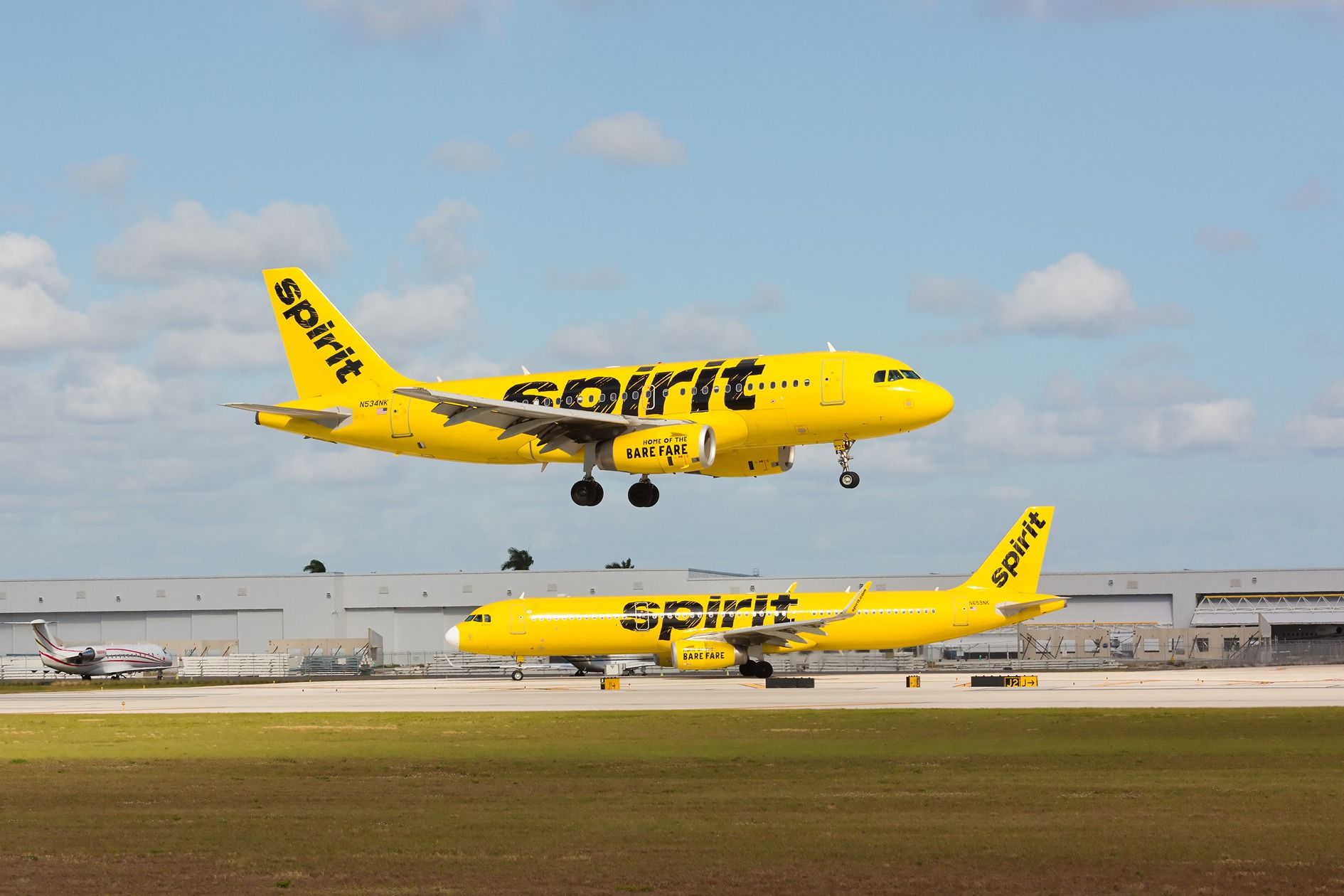
Related
Spirit Airlines CEO Shuts Down Talk Of Bankruptcy
Spirit Airlines’ CEO Ted Christie has vigorously rejected the notion the airline’s future is under a cloud, calling it a misguided narrative.
- Automatic Stay Provision: The automatic stay is another powerful tool provided by Chapter 11. It immediately halts all collection activities, lawsuits, and other actions against the company once it files for bankruptcy. This provision allows the airline to develop a reorganization plan without the immediate threat of asset seizures or legal judgments. The scope and duration of the automatic stay under Chapter 11 are broader than the UK’s Scheme of Arrangement, which lacks a similar automatic stay mechanism.
Photo: Angelemiratos | Shutterstock
- International Recognition and Precedents: Chapter 11 is widely recognized and has a substantial body of case law, especially in the aviation sector. This familiarity among creditors and stakeholders can facilitate smoother negotiations and a more predictable restructuring process. The historical precedent of successful airline restructurings under Chapter 11, including high-profile cases such as American Airlines, provides a roadmap to reassure the airline and its creditors.
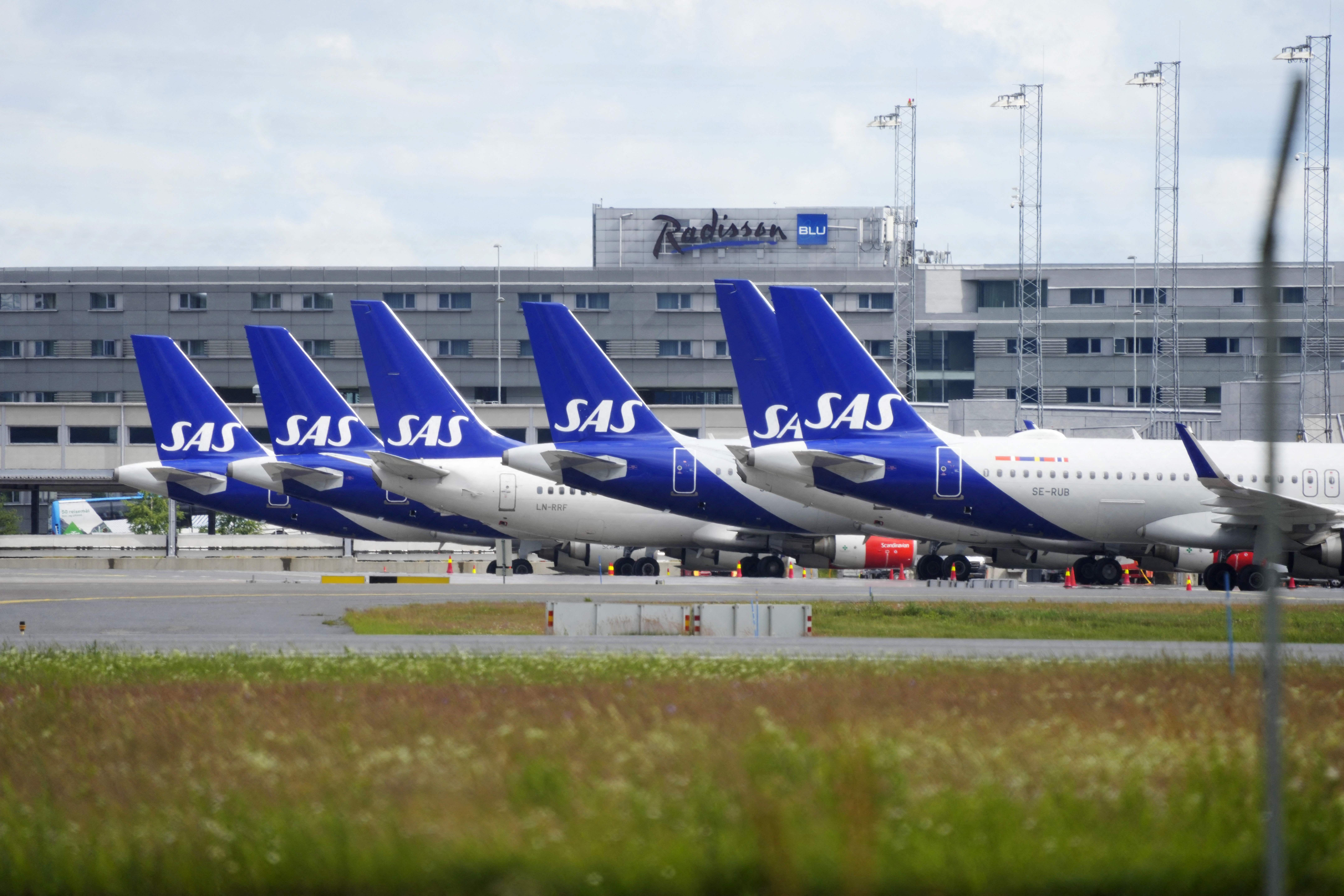
Related
Why Non-US Airlines Are Filing For Chapter 11 Bankruptcy Protection
Chapter 11 allows airlines to continue operating while restructuring their debts.
- Flexibility in Executory Contracts: Chapter 11 allows airlines to reject or renegotiate executory contracts, agreements where both parties still have ongoing obligations. For airlines, this often includes leases for aircraft, airport gates, and other critical infrastructure. Renegotiating or terminating these contracts without facing immediate penalties is a significant advantage, enabling airlines to reduce costs and align their operations with their new financial realities
- Voting and Cram-Down Provisions: The voting structure in Chapter 11 is designed to balance the interests of various stakeholders. According to Pillsbury Law, to approve a reorganization plan, the plan must be accepted by at least two-thirds in dollar amount and more than half in the number of the voting creditors in each impaired class. Additionally, Chapter 11 allows for a “cram-down” where a plan can be confirmed even if not all classes of creditors consent, provided certain conditions are met. This flexibility can be critical in pushing through a restructuring plan that might face opposition from a minority of creditors.
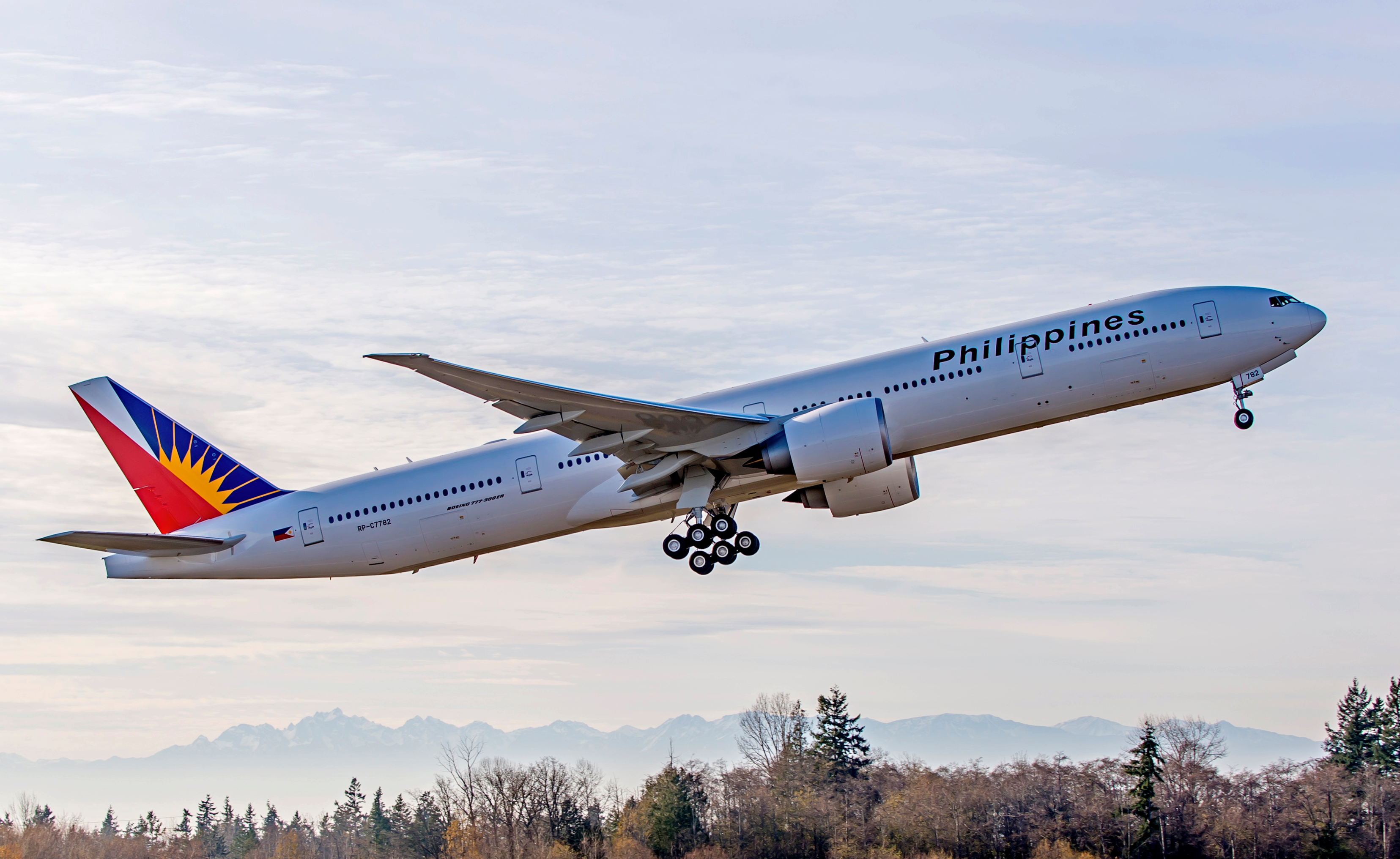
Related
Philippine Airlines Flies From Chapter 11 to A $72M Half Yearly Profit
A year ago, Philippine Airlines was busted out and about to enter Chapter 11. This week, it reported a $72 million half-year profit & is flying high.
Which airlines have recently gone through Chapter 11?
|
Airline Name |
Date of Chapter 11 Filing |
Outcome |
|---|---|---|
|
LATAM Airlines |
May 26, 2020 |
Exited Chapter 11 on November 3, 2022, restructured and continued operations. |
|
Avianca |
May 10, 2020 |
Exited Chapter 11 on December 1, 2021, restructured and continued operations. |
|
Aeromexico |
June 30, 2020 |
Exited Chapter 11 on March 17, 2022, restructured and continued operations. |
|
Virgin Atlantic |
August 4, 2020 |
Exited Chapter 11 on September 3, 2021, restructured and continued operations. |
|
Philippine Airlines |
September 3, 2021 |
Exited Chapter 11 on December 31, 2021, restructured and continued operations. |
|
Norwegian Air Shuttle |
December 8, 2020 |
Exited Chapter 11 on May 26, 2021, restructured and continued operations. |
|
Thai Airways |
May 27, 2020 |
Exited Chapter 11 on March 5, 2021, restructured and continued operations. |
Comparing countries: Chapter 11 in the US vs. UK schemes
While Chapter 11 is famous, some airlines, particularly those based outside the US, might consider alternatives like the UK Scheme of Arrangement. According to Watson Farley & Williams, the UK scheme is often faster and less costly, typically wrapping up within three months compared to the 18–24 months typical of Chapter 11. Moreover, the UK Scheme allows for more targeted restructuring, as it can be applied selectively to certain creditors.
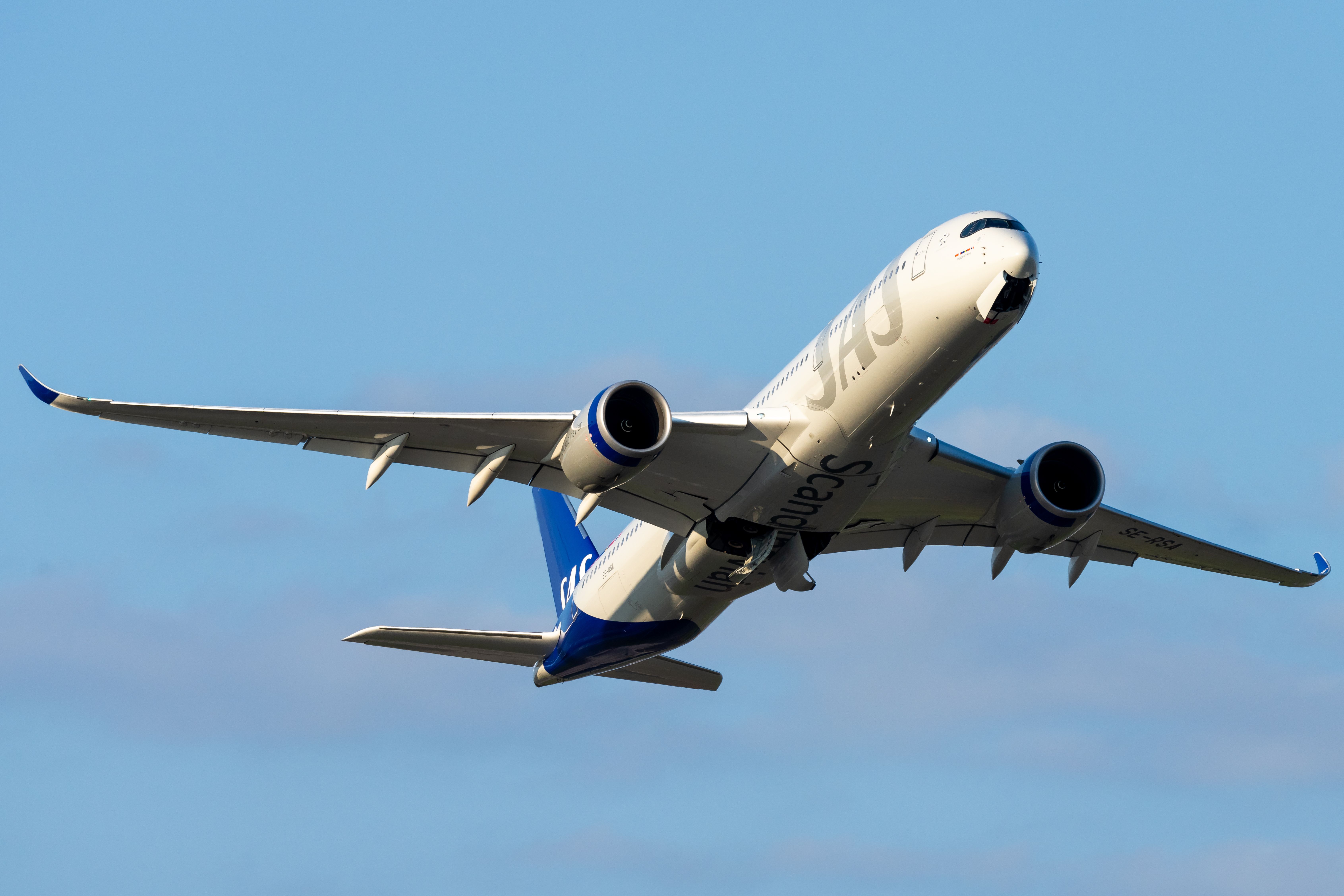
Related
SAS Seeks To Return 10 Leased Aircraft With Chapter 11 Restructuring
When SAS entered Chapter 11, it had slightly over 100 aircraft, of which 20 were owned by the airline.
However, the comprehensiveness of the Chapter 11 process, including its well-established DIP financing mechanisms, broad automatic stay, and international recognition, often outweighs the benefits of the UK Scheme, especially for global airlines with complex international operations.
Chapter 11 remains the number one restructuring tool for airlines facing severe financial distress. Its ability to provide immediate liquidity through DIP financing, protect the company from creditors through the automatic stay, and offer a flexible and internationally recognized framework for reorganization makes it particularly suited to the unique challenges of the airline industry.
While other restructuring mechanisms, such as the UK Scheme of Arrangement, offer advantages, Chapter 11’s comprehensive nature and proven track record in the aviation sector often make it the preferred choice for airlines seeking to navigate the turbulent Financial Times.

Related
US Court Approves LATAM’s Chapter 11 Plan
LATAM expects to emerge from Chapter 11 during the second half of this year.
For airlines, the decision to file under Chapter 11 is not taken lightly. Still, when the goal is to emerge as a leaner, more competitive entity capable of long-term survival, Chapter 11 is often the best option.

